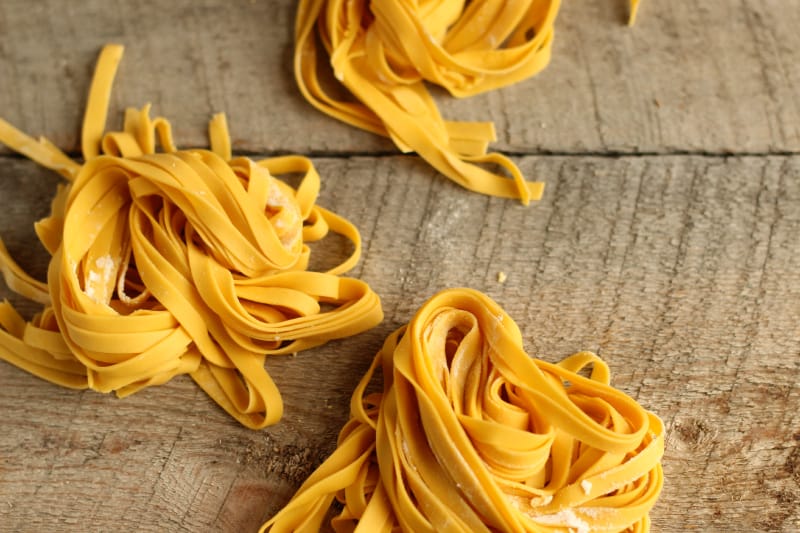It comes in more than 300 shapes: long, as in spaghetti; flat, as in fettuccine; hollow (bucatini); short, as in penne; the butterfly-shaped farfalle and stuffed, in varieties such as tortellini and ravioli. Pasta is one of the most delicious dishes of italian food all around the world. Have you ever been to an italian restaurant where they didn’t serve this delicious dish? Exactly! This dish has a very mysterious origin, and many people seem to have different opinions about its place of origin.

Many people think that spaghetti was inspired by chinese noodles that Marco Polo brought from China in his many travels during the 13th century. But is this trully a fact or just a story that we have heard so much that we actually ended up believing it?
The first thing we are sure about is that Marco Polo, the famous Venetian merchant and nobleman, did travel to China and spent several years learning the traditions and culture of this magnificent country. The thing that we can’t seem to be completely sure about is if during one of his many trips, he brought noodles and other foods back to his country of origin.

The myth and the truth
Many italian food historians and anthropologists say that pasta culture was already a key part of italian gastronomy and was already flourishing in the Mediterranean centuries before Marco Polo was even born. Historical texts and works by classical poets have helped us locate that the origin of pasta is as old as the ancient Greeks and later on popularized during the powerful Roman Empire.
But if you think about it its very difficult for this two dishes to have a common origin, because of the way they are cooked, the preparation process and even the ingredients that are used to make them. These are completely different and are specific to each civilization.
So there you have it, although pasta and noodles reflect two separate culinary cultures and identities that have developed in parallel, the only conjunction being the need for nourishment and, above all, to share around the same table feelings and everyday life events.

